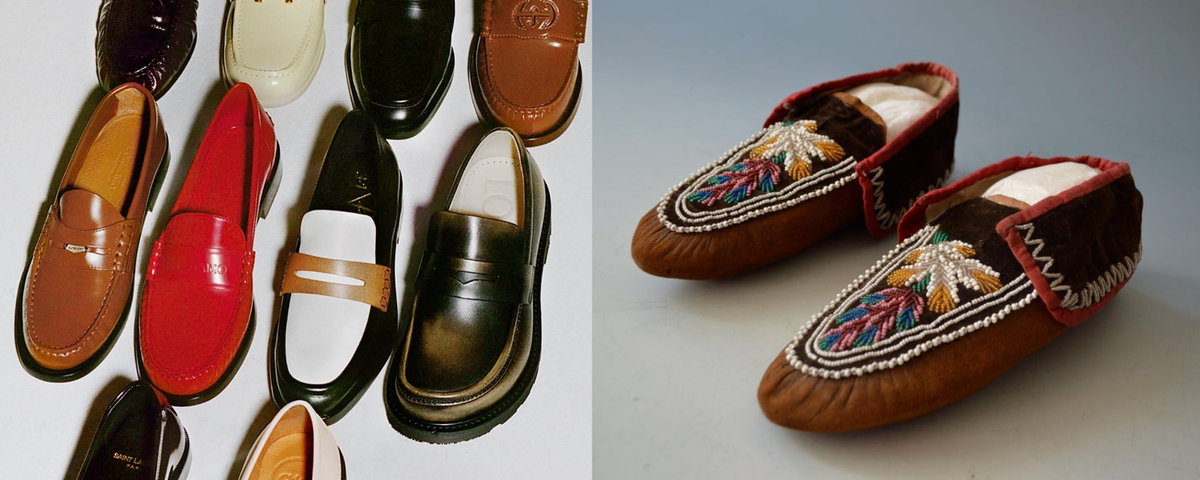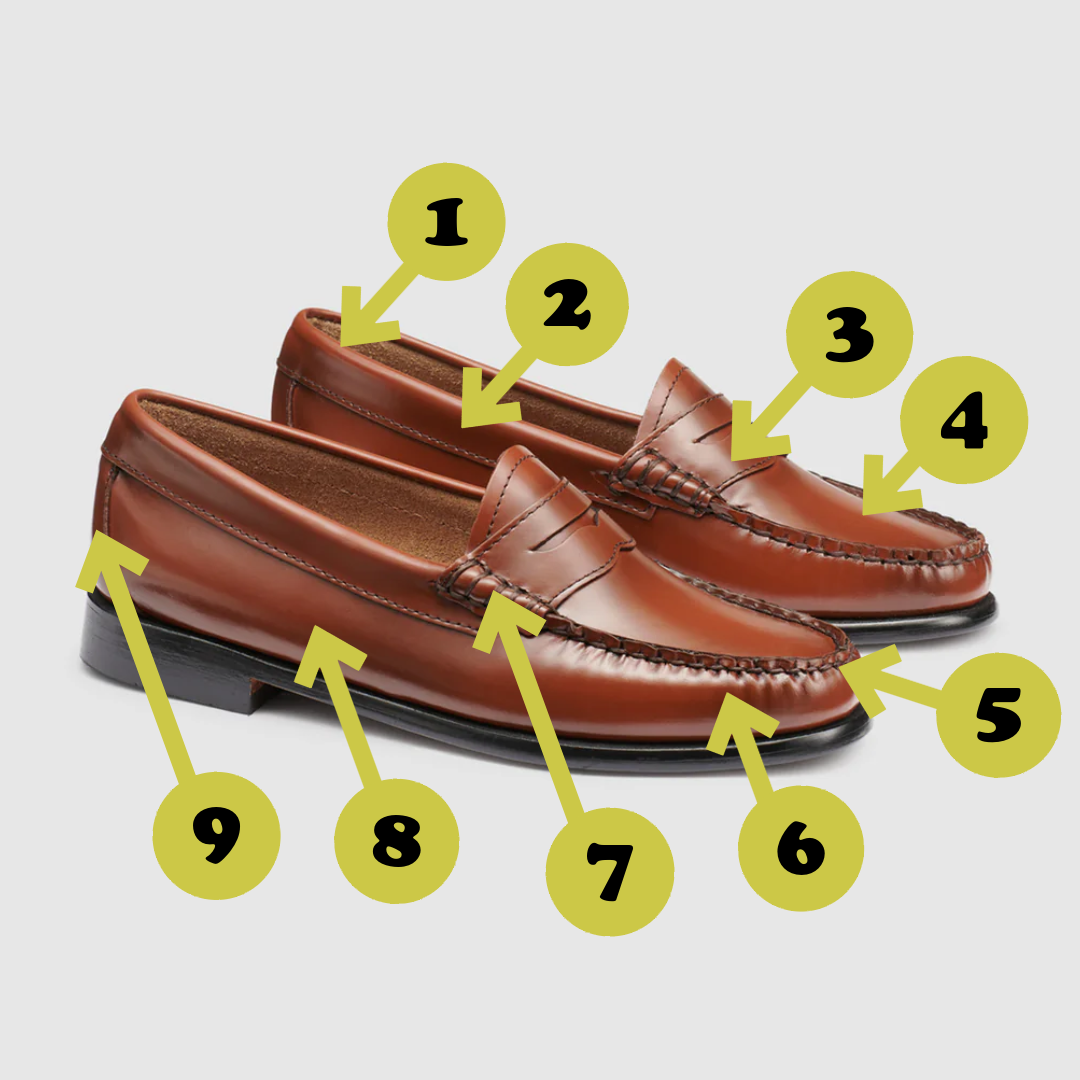The Definitive Guide to Loafers: Parts, Types, and Styling

Videos: Boat Shoes | The Row's Soft Loafer | Loro Piana Summer Walks | Are Luxury Penny Loafers Worth It? | Loafer History
Shop: Loafers | Boat Shoes
In a time when loafers are simultaneously hyped and practical, the marketplace is flooded with terminology that can be more confusing than clarifying. Scroll through any store and you'll see "boat shoes," "marin," "penny flats," "bit," "loafers," and dozens of other terms used to describe what appear, at first glance, to be very similar shoes.
Behind this buzzword soup lies a rich history of craftsmanship where each term actually describes specific construction methods and style elements that affect not just how the shoe looks, but how it wears and what it communicates. Understanding these distinctions will help you make informed choices beyond the trend cycle.
This guide cuts through the marketing noise with precise terminology from fashion history and craft tradition. Whether you're navigating your first loafer purchase or building a collection, knowing these details will anchor your choices in something more substantive than the latest social media trend.
Part 1: Anatomy of a Loafer

- Topline: the very top edge
- Collar: the material folded over the toppling
- Saddle/Penny Keeper: the strip of leather that crosses over the loafer and, in a penny loafer, features a diamond cut where a coin can fit
- Vamp: covers the front (top side) of the foot
- Moc toe stitch: seam that connects the vamp to the apron
- Apron: covers the sides surrounding the toes
- Beefroll: thick rolled edges on both sides of the penny slot strap with stitching that resembles a beef roast wrapped up in twine
- Quarter: covers the back and also the sides
- Counter: strengthens the back of the shoe and supports the surrounding material
Part 2: The Loafer Family Tree
The Penny Loafer

The quintessential loafer, recognizable by its saddle strap with a diamond-shaped slot. Originally designed by G.H. Bass in the 1930s as the "Weejun," the penny loafer got its nickname from students who stored coins in the slot for emergency phone calls. Today, it remains the most versatile member of the loafer family, at home with both jeans and suits.
What separates exceptional penny loafers from mediocre ones? Look for:
- Clean, proportional strap placement
- Leather that develops character rather than simply wearing out
- Hand-stitched aprons with even, tight stitching
- A silhouette that balances elegance with comfort
The Driving Shoe

